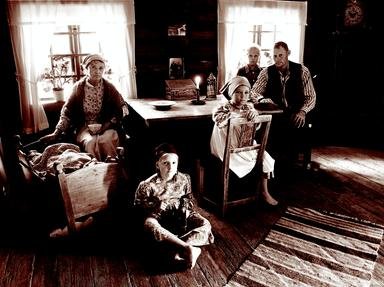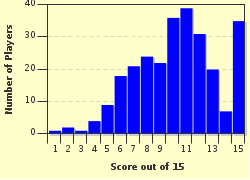Quiz Answer Key and Fun Facts
1. All the land in the U.S. state of Louisiana came from the Louisiana Purchase.
2. All the land in the U.S. state of Arkansas came from the Louisiana Purchase.
(Hint: The eastern border of the Louisiana Purchase was the Mississippi River.)
3. All the land in the U.S. state of Oklahoma came from the Louisiana Purchase.
4. All the land in the U.S. state of Missouri came from the Louisiana Purchase.
(Hint: The eastern border of the Louisiana Purchase was the Mississippi River.)
5. All the land in the U.S. state of Texas came from the Louisiana Purchase.
6. All the land in the U.S. state of Iowa came from the Louisiana Purchase.
(Hint: The eastern border of the Louisiana Purchase was the Mississippi River.)
7. All the land in the U.S. state of Nebraska came from the Louisiana Purchase.
8. All the land in the U.S. state of Colorado came from the Louisiana Purchase.
9. All the land in the U.S. state of Kansas came from the Louisiana Purchase.
10. All the land in the U.S. state of Minnesota came from the Louisiana Purchase.
11. All the land in the U.S. state of South Dakota came from the Louisiana Purchase.
12. All the land in the U.S. state of North Dakota came from the Louisiana Purchase.
13. All the land in the U.S. state of Montana came from the Louisiana Purchase.
14. All the land in the U.S. state of Wyoming came from the Louisiana Purchase.
15. All the land in the U.S. state of New Mexico came from the Louisiana Purchase.
Source: Author
root17
This quiz was reviewed by FunTrivia editor
bloomsby before going online.
Any errors found in FunTrivia content are routinely corrected through our feedback system.

